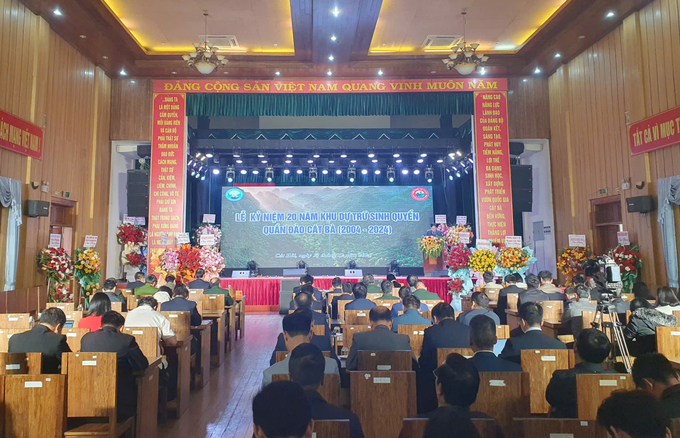 Many leaders, organizations and individuals at home and abroad attended the celebration. Photo: Dinh Muoi.
Many leaders, organizations and individuals at home and abroad attended the celebration. Photo: Dinh Muoi.
On December 13, Cat Ba National Park held a ceremony to celebrate the 20th anniversary of Cat Ba archipelago being officially recognized as a World Biosphere Reserve by the United Nations Educational, Scientific and Cultural Organization (UNESCO).
Mr. Nguyen Duc Tho - Vice Chairman of Hai Phong City People's Committee assessed that Cat Ba flora and fauna has the characteristics of limestone flora and fauna in the Northeast of Vietnam and is rich in endemic elements.
Besides its high biodiversity value, Cat Ba also has many natural landscapes and majestic and unique caves, contributing to making Cat Ba one of the few places that strongly develop conservation activities, ecotourism and scientific research.
Notably, in September 2023, along with Ha Long Bay, the Cat Ba Archipelago World Biosphere Reserve was recognized by UNESCO as a World Natural Heritage - this is also the first inter-provincial and inter-city World Natural Heritage in Vietnam.
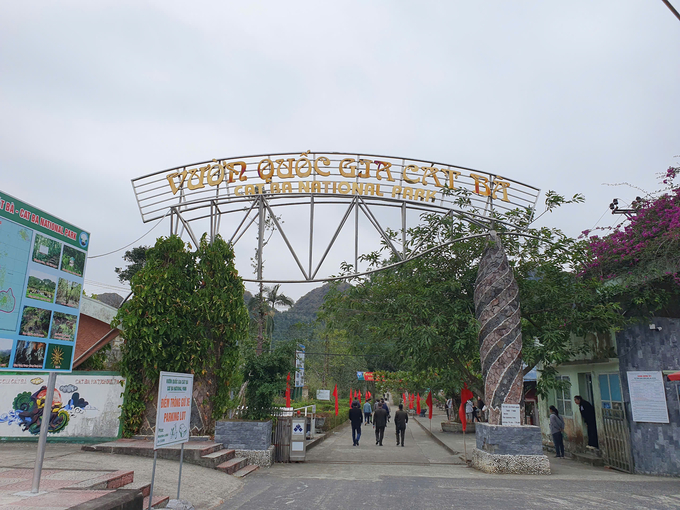 Central area of Cat Ba National Park. Photo: Dinh Muoi.
Central area of Cat Ba National Park. Photo: Dinh Muoi.
The Cat Ba Archipelago World Biosphere Reserve has always received the attention and encouragement of the leaders of the Party, the State, central ministries and branches, international organizations and city leaders, making an important contribution to environmental protection, biodiversity conservation and socio-economic development of Hai Phong city.
In addition to the achievements, Mr. Nguyen Duc Tho also pointed out the challenges and difficulties that the Cat Ba Archipelago Biosphere Reserve is facing and requested that Party committees at all levels, authorities, business communities, and all people of the city join hands to proactively and actively protect the environment; preserve and conserve the rare and endemic genetic resources of the Biosphere Reserve.
Particularly for Cat Ba National Park, it is necessary to focus on effectively implementing 3 contents, in which, it is worth noting that it is necessary to further promote the 2 noble titles of Cat Ba archipelago after merging the Management Board of the World Natural Heritage of Ha Long Bay - Cat Ba and the Management Board of the World Biosphere Reserve of Cat Ba archipelago into Cat Ba National Park.
In addition, it is necessary to effectively conserve the ecosystem throughout the entire management area, while increasing biodiversity in the World Biosphere Reserve. Research to discover new species, urgently conserve the genetic resources of rare and endemic species, and strictly control activities to limit factors that negatively affect the natural and cultural environment.
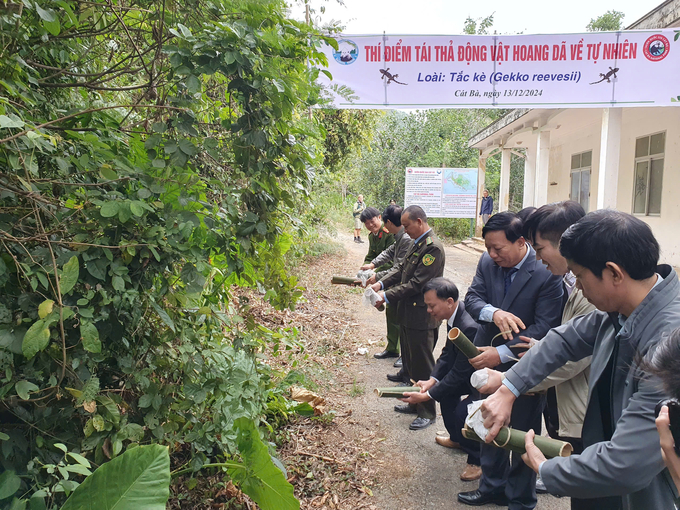 Delegates release wild animals back into the wild. Photo: Dinh Muoi.
Delegates release wild animals back into the wild. Photo: Dinh Muoi.
Cat Ba Archipelago Biosphere Reserve was recognized by UNESCO on December 2, 2004. This is the third recognized Biosphere Reserve among 11 Biosphere Reserves in Vietnam, an outstanding example representing the ongoing ecological and biological processes in the evolution and development of marine and island ecosystems with a high diversity of animal and plant communities on the island and under the sea.
After 20 years of recognition, the biodiversity values of the Biosphere Reserve have been effectively conserved, in accordance with the regulations of the Government of Vietnam and ensuring the function of conserving genetic diversity, species diversity, ecosystem diversity and landscape diversity of the Biosphere Reserve.
Previously, at Cat Ba National Park, a scientific workshop on green growth - 20 years of management and sustainable development of the Cat Ba Archipelago Biosphere Reserve was held, aiming to present outstanding changes after 20 years of operation. On the other hand, to refer to lessons learned from other Biosphere Reserves, consult with stakeholders to find specific and appropriate solutions for the next phase, contributing to supporting communication and education activities, enhancing responsibility for conservation and sustainable development.
On Cat Ba archipelago, 10 typical subtropical tropical ecosystems have been formed. Up to now, 4,066 species of animals and plants have been recorded here, including: 1,595 species of plants, 72 species of fungi, 63 species of mammals, 209 species of birds, 58 species of reptiles, 32 species of amphibians, 11 species of freshwater fish, 1 species of terrestrial crustaceans, 401 species of insects, 36 species of mangrove plants, 102 species of seaweed, 5 species of seagrass, 400 species of phytoplankton, 131 species of zooplankton, 658 species of benthic animals, 96 species of coral, 196 species of marine fish. Of which, the most well-known species is the Cat Ba langur, known as one of the 25 most endangered primate species in the world.


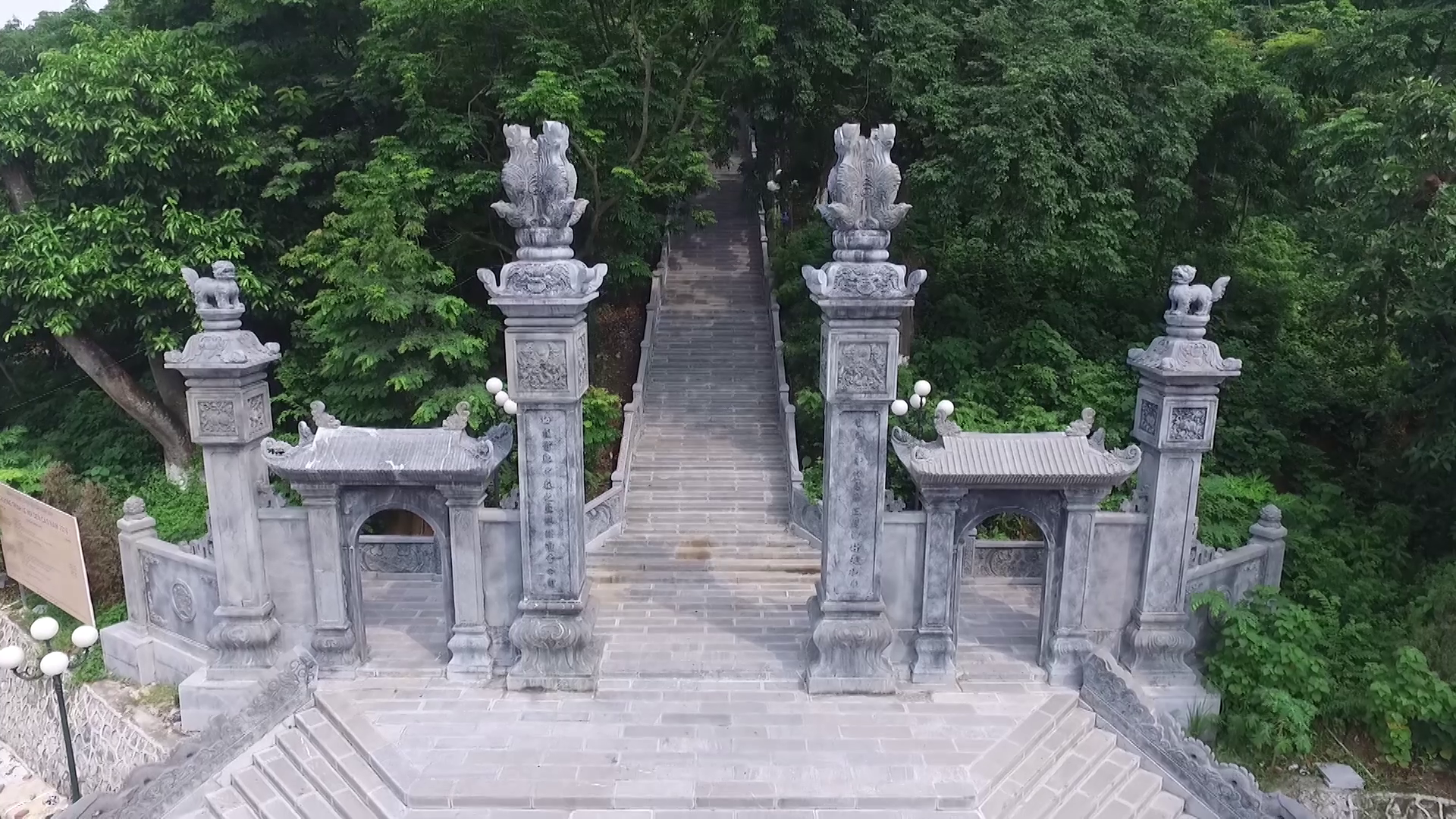
![[Photo] Opening of the 4th Summit of the Partnership for Green Growth and the Global Goals](https://vstatic.vietnam.vn/vietnam/resource/IMAGE/2025/4/16/488550ff07ce4cd9b68a2a9572a6e035)
![[Photo] President Luong Cuong receives Ethiopian Prime Minister Abiy Ahmed Ali](https://vstatic.vietnam.vn/vietnam/resource/IMAGE/2025/4/16/504685cac833417284c88a786739119c)
![[Photo] Many practical activities of the 9th Vietnam-China border defense friendship exchange](https://vstatic.vietnam.vn/vietnam/resource/IMAGE/2025/4/16/3016ed3ef51049219574230056ddb741)
![[Photo] North-South Expressway construction component project, Bung - Van Ninh section before opening day](https://vstatic.vietnam.vn/vietnam/resource/IMAGE/2025/4/17/ad7c27119f3445cd8dce5907647419d1)
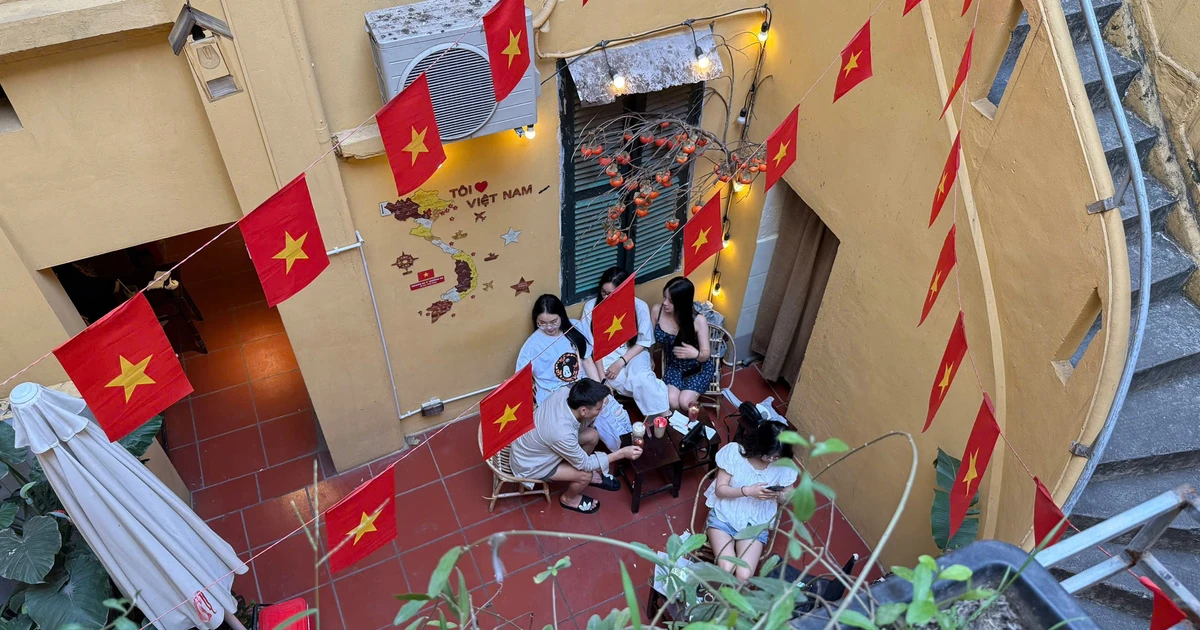
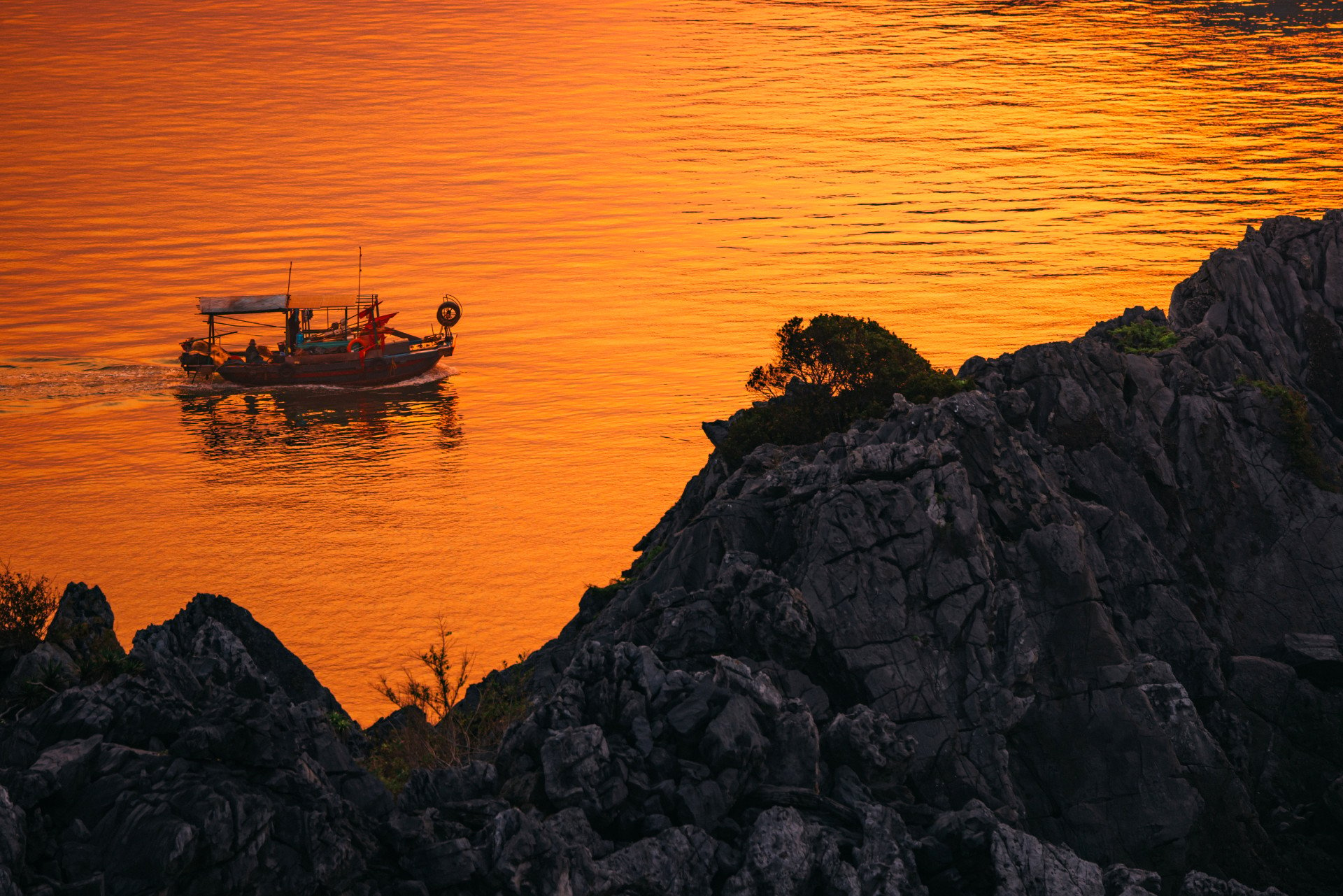





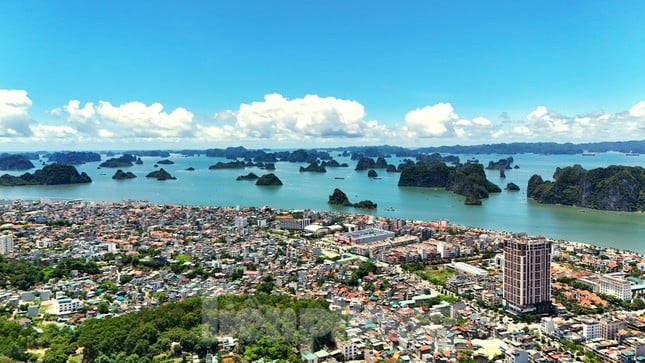




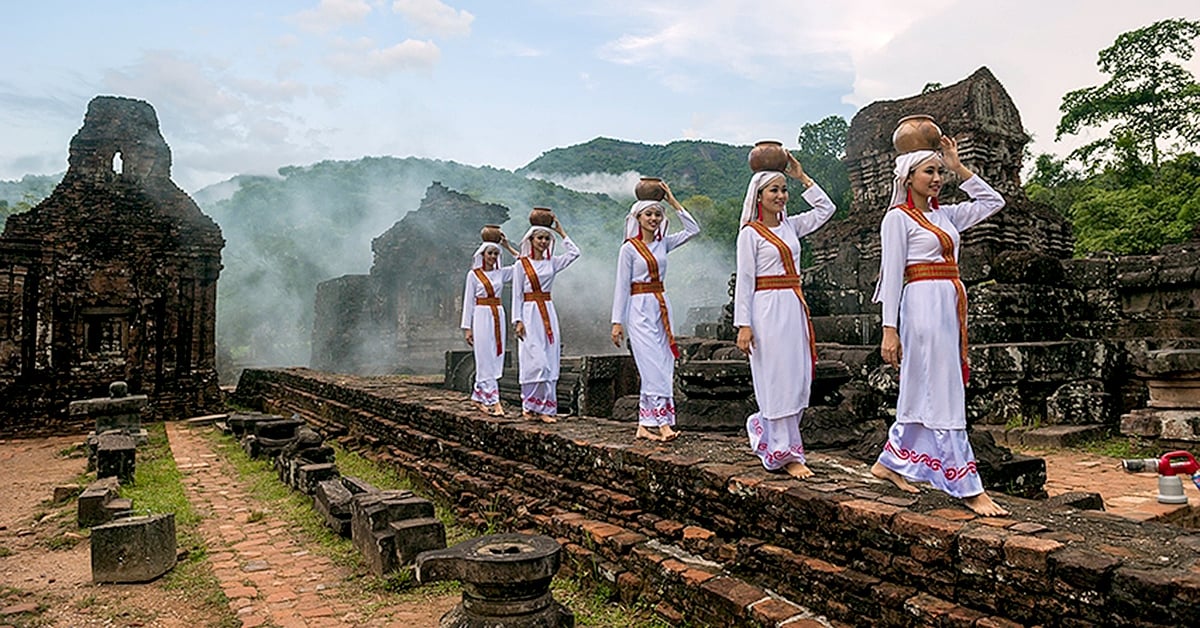


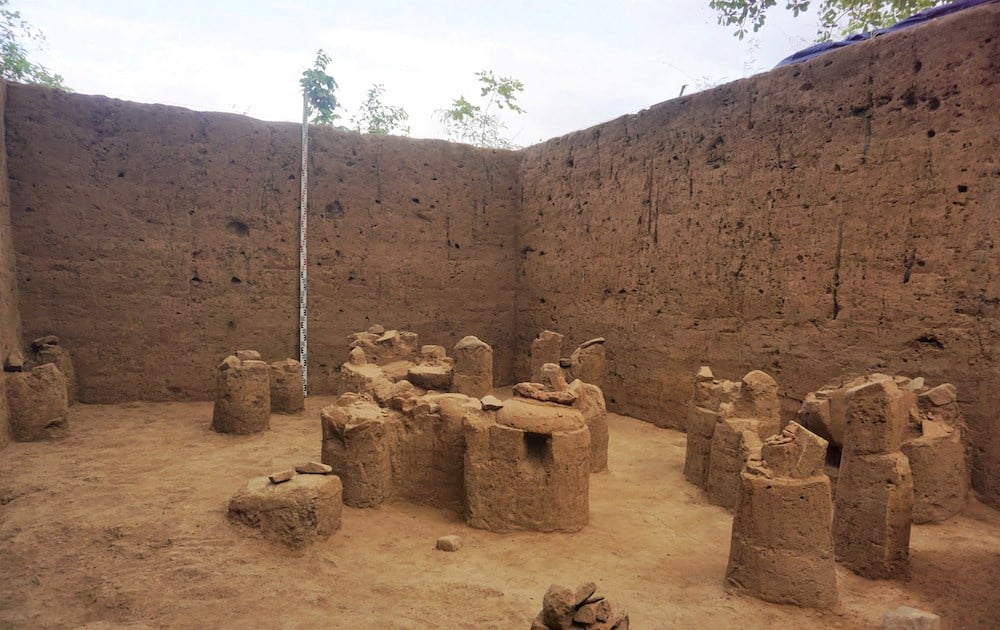
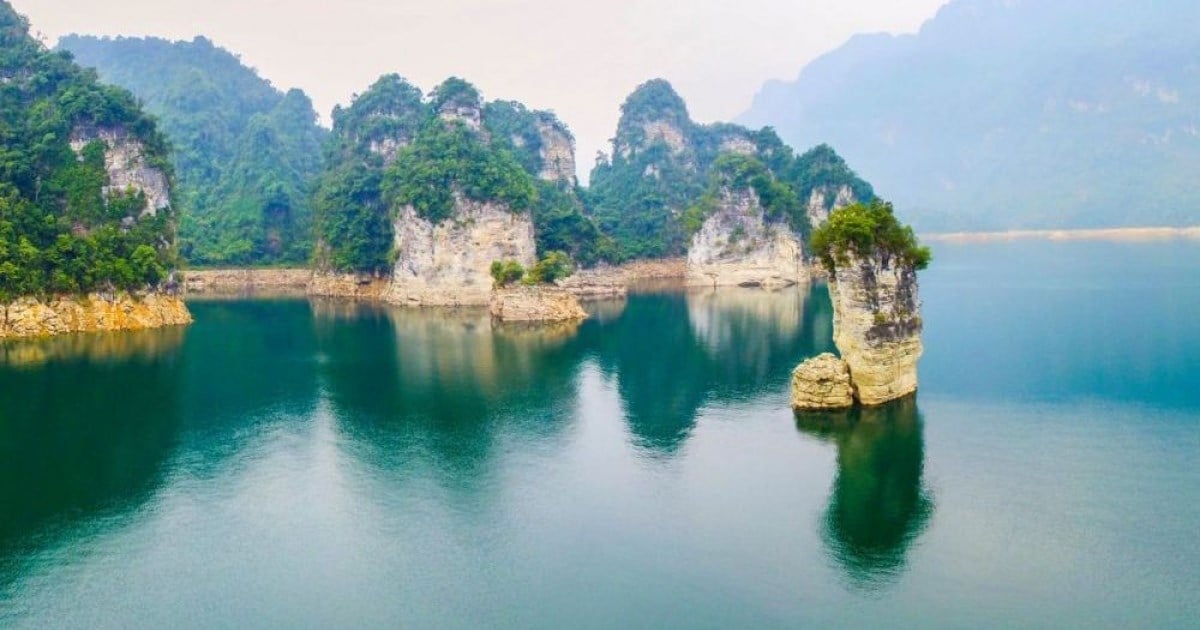




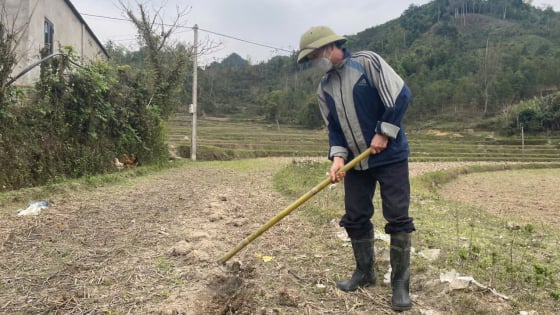
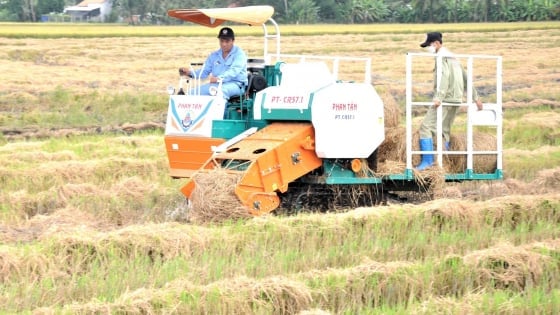

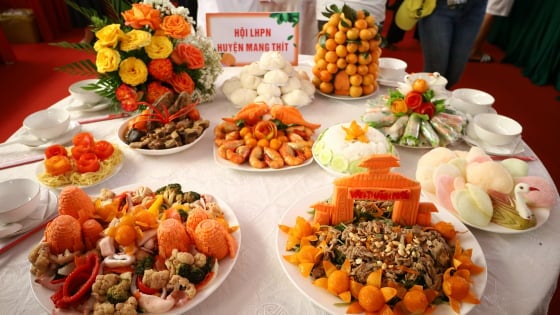
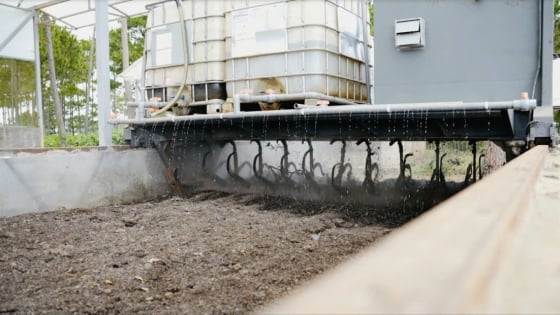
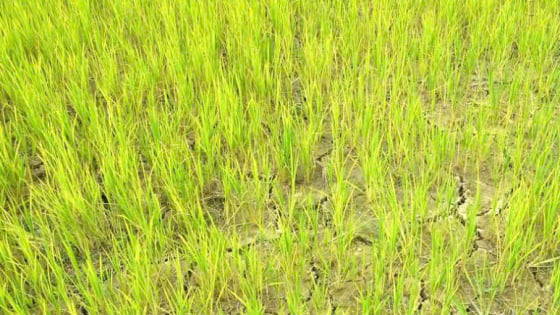
![[Photo] National Assembly Chairman Tran Thanh Man meets with Ethiopian Prime Minister Abiy Ahmed Ali](https://vstatic.vietnam.vn/vietnam/resource/IMAGE/2025/4/16/c196dbc1755d46e4ae7b506c5c15be55)





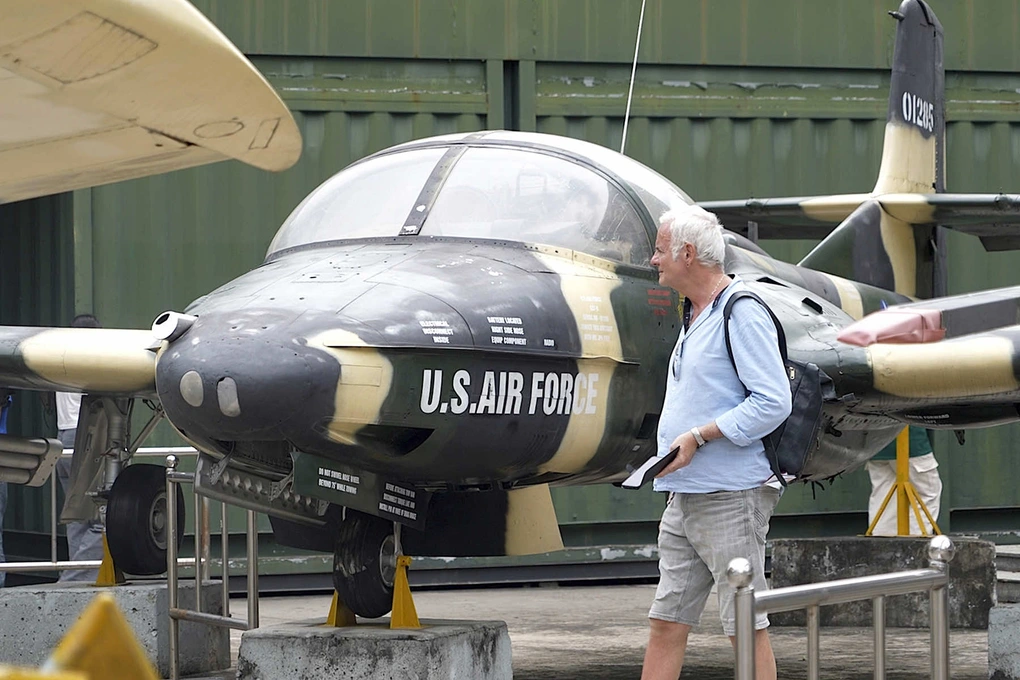



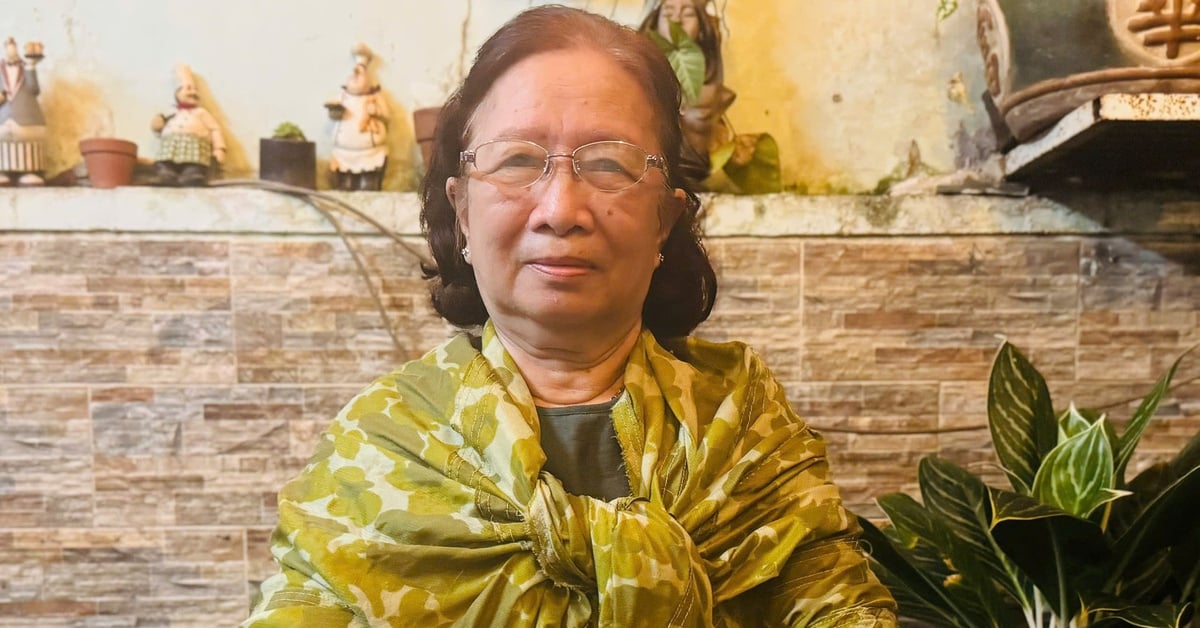
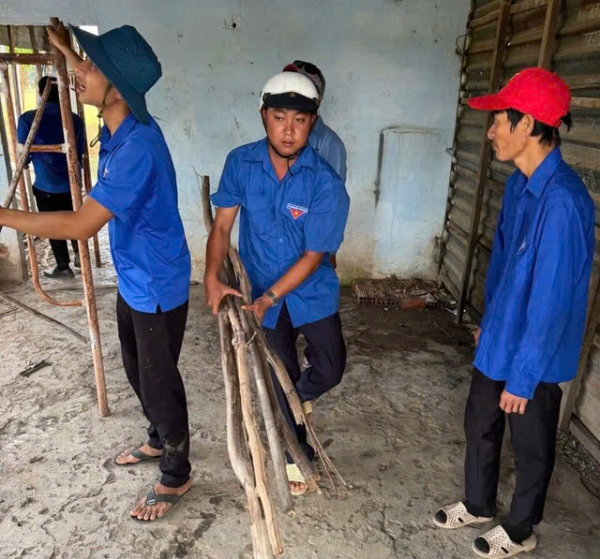

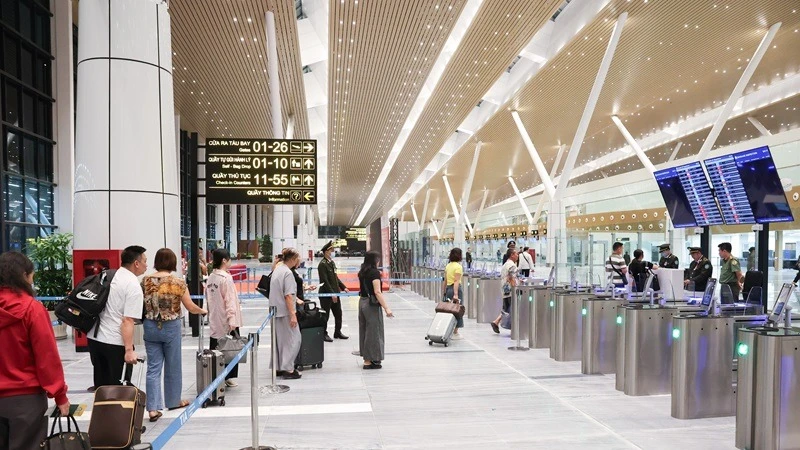

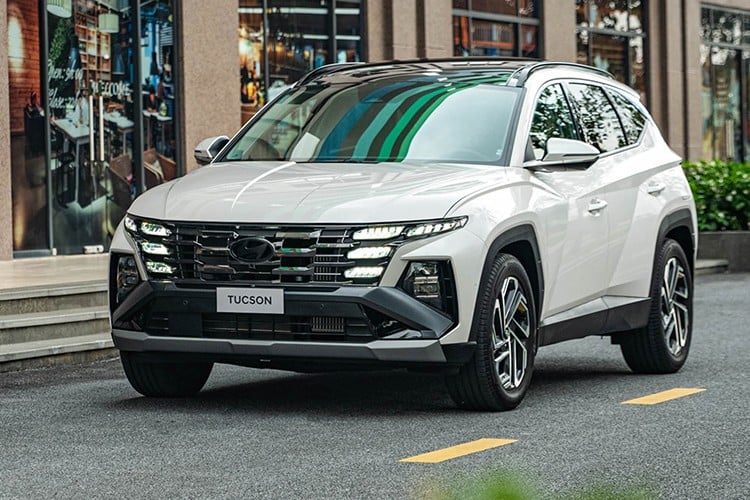

![[Video] Viettel officially puts into operation the largest submarine optical cable line in Vietnam](https://vstatic.vietnam.vn/vietnam/resource/IMAGE/2025/4/17/f19008c6010c4a538cc422cb791ca0a1)
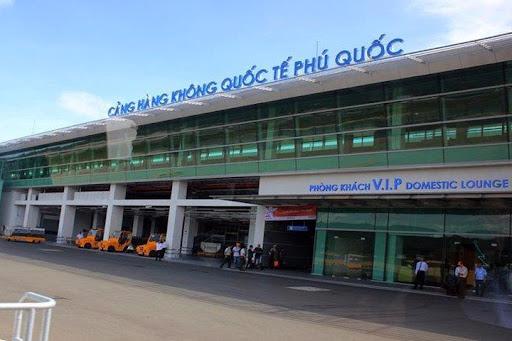




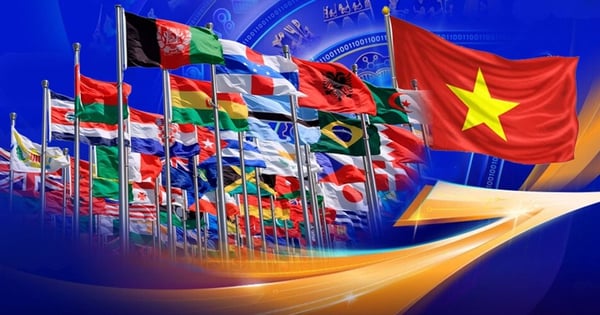
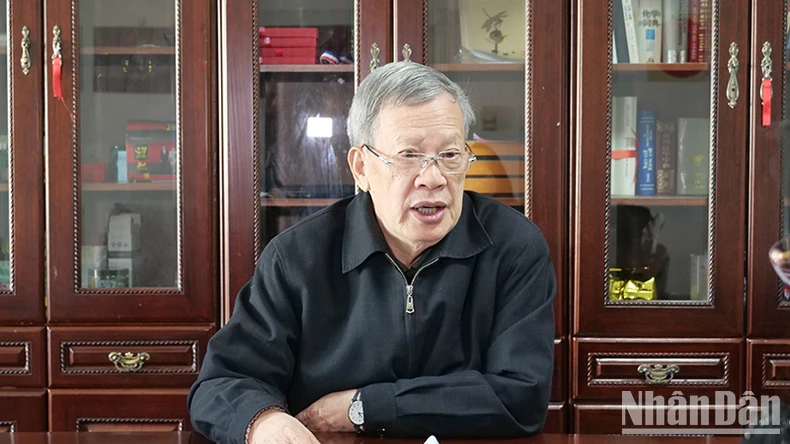







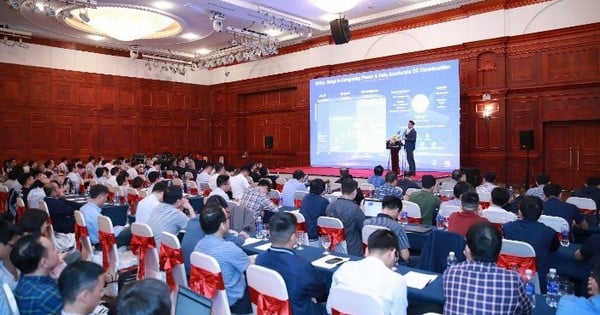


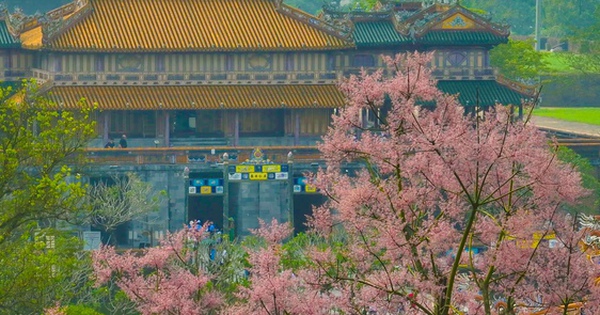
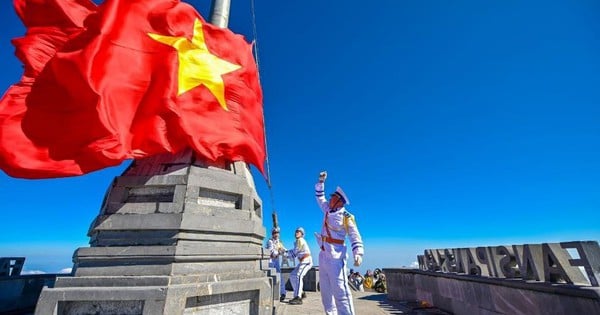
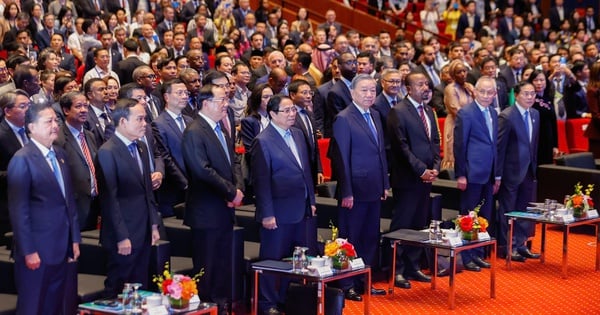






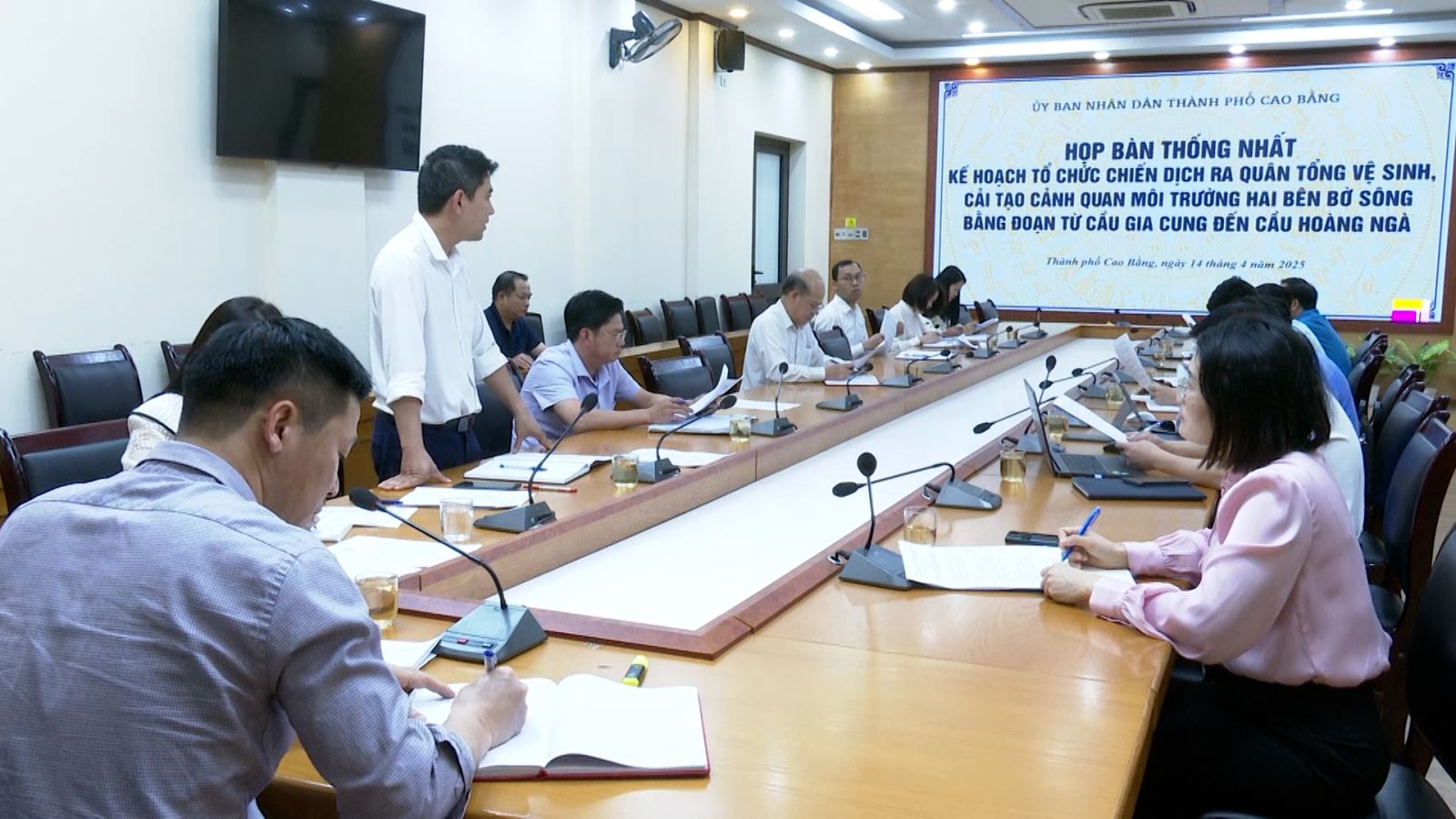




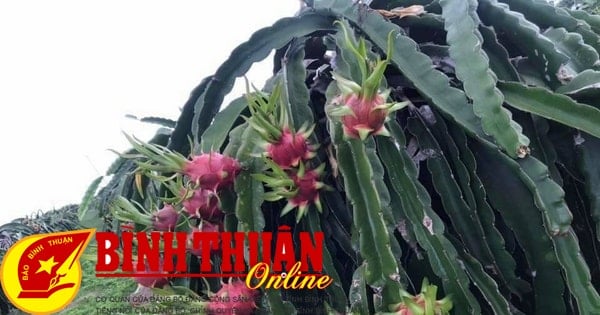

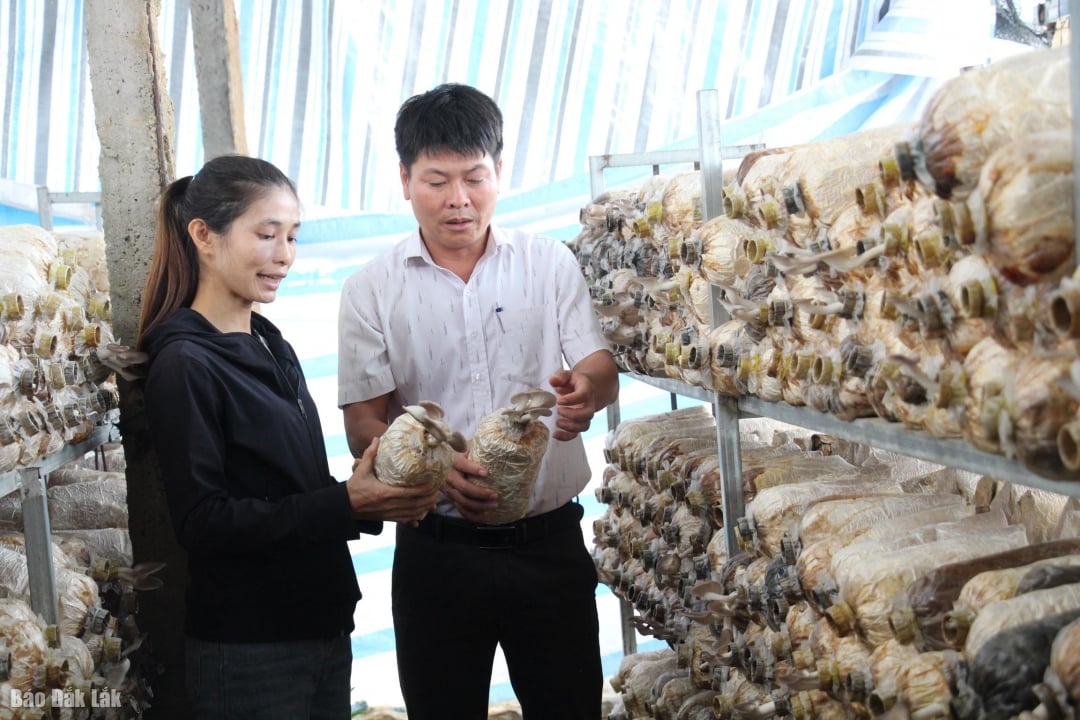

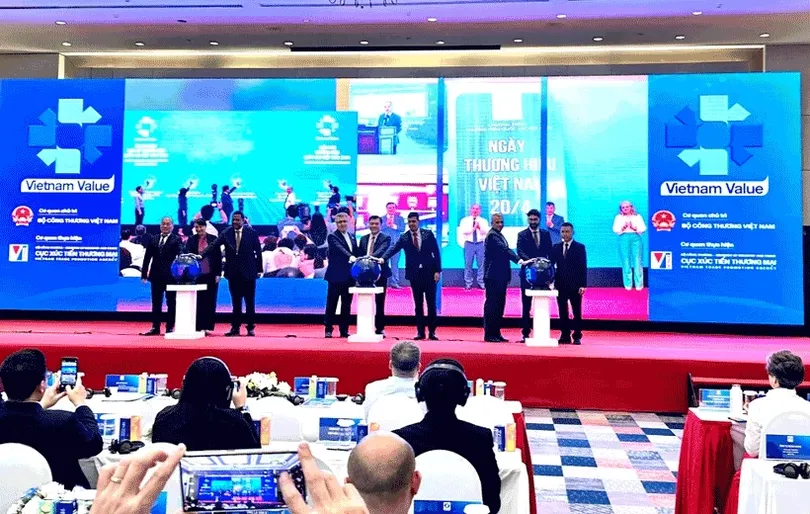





Comment (0)